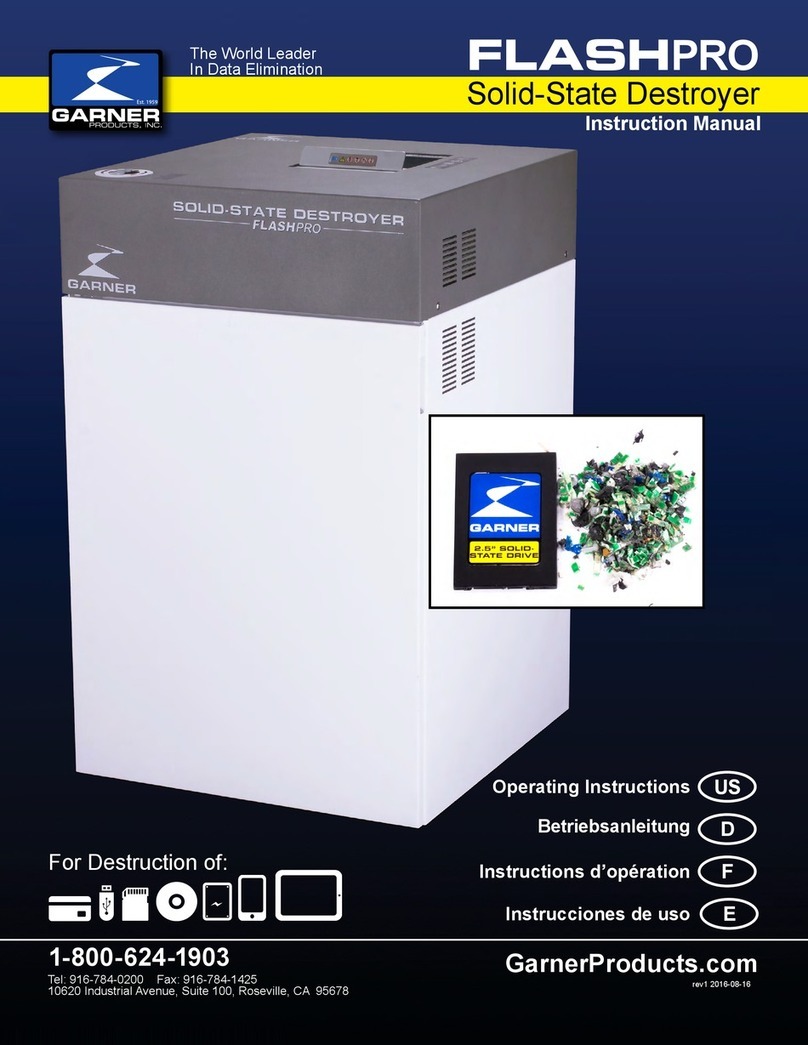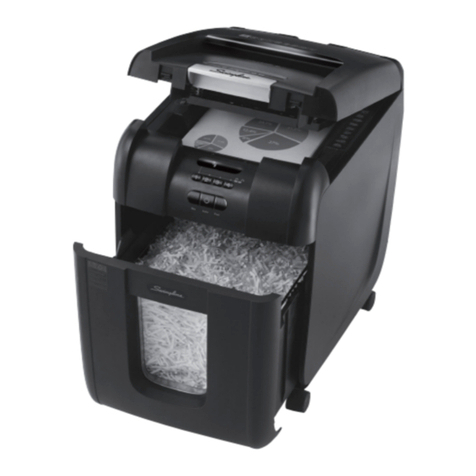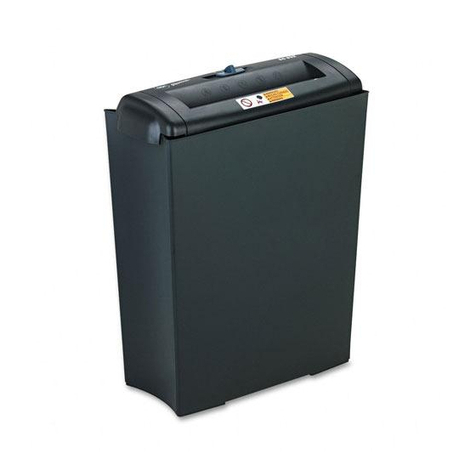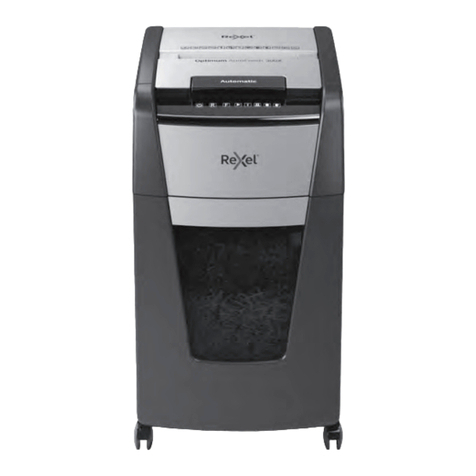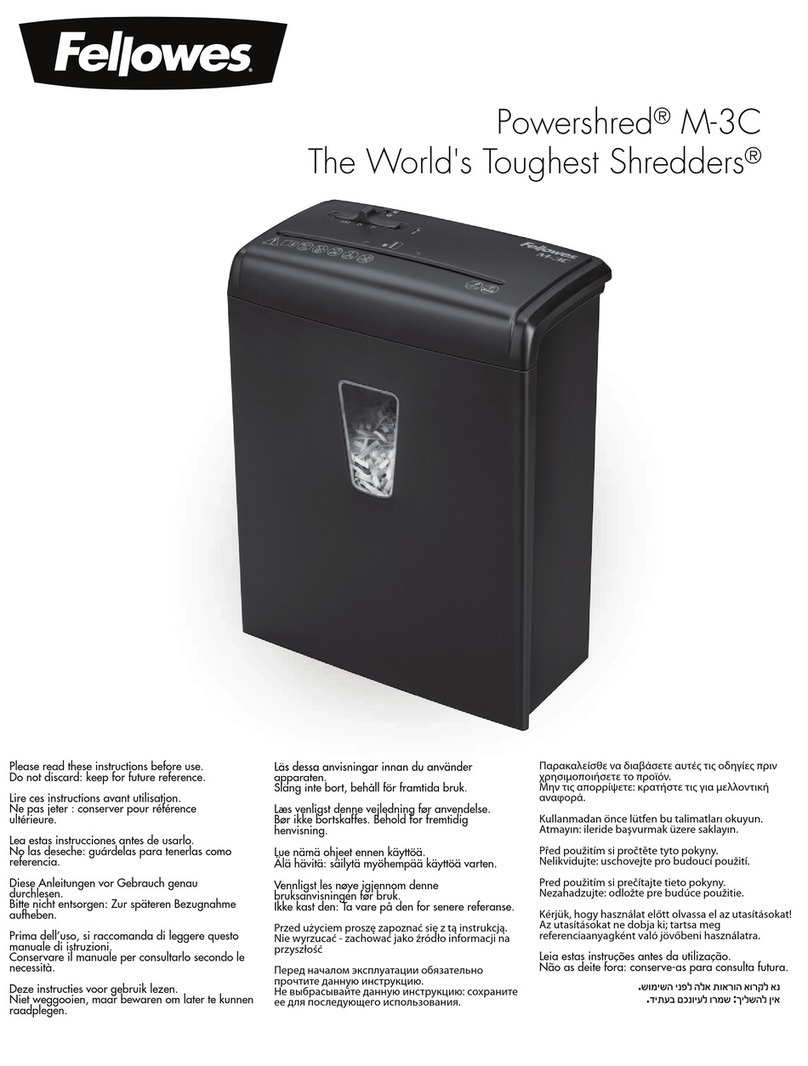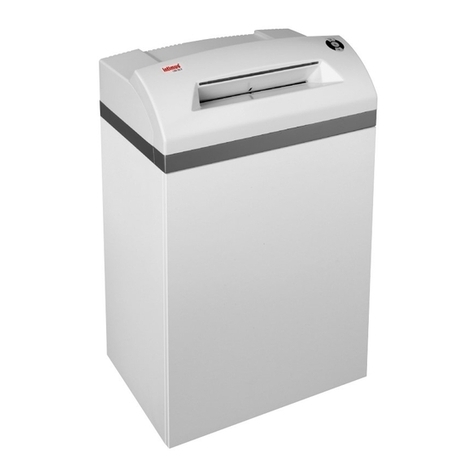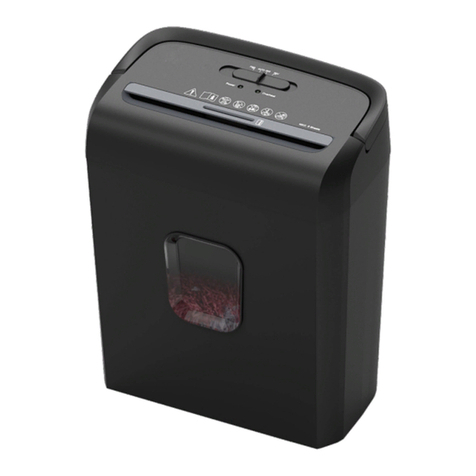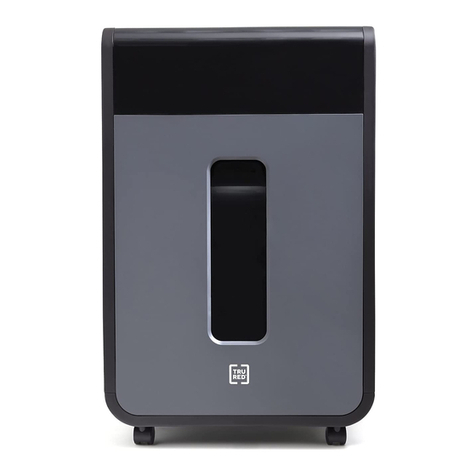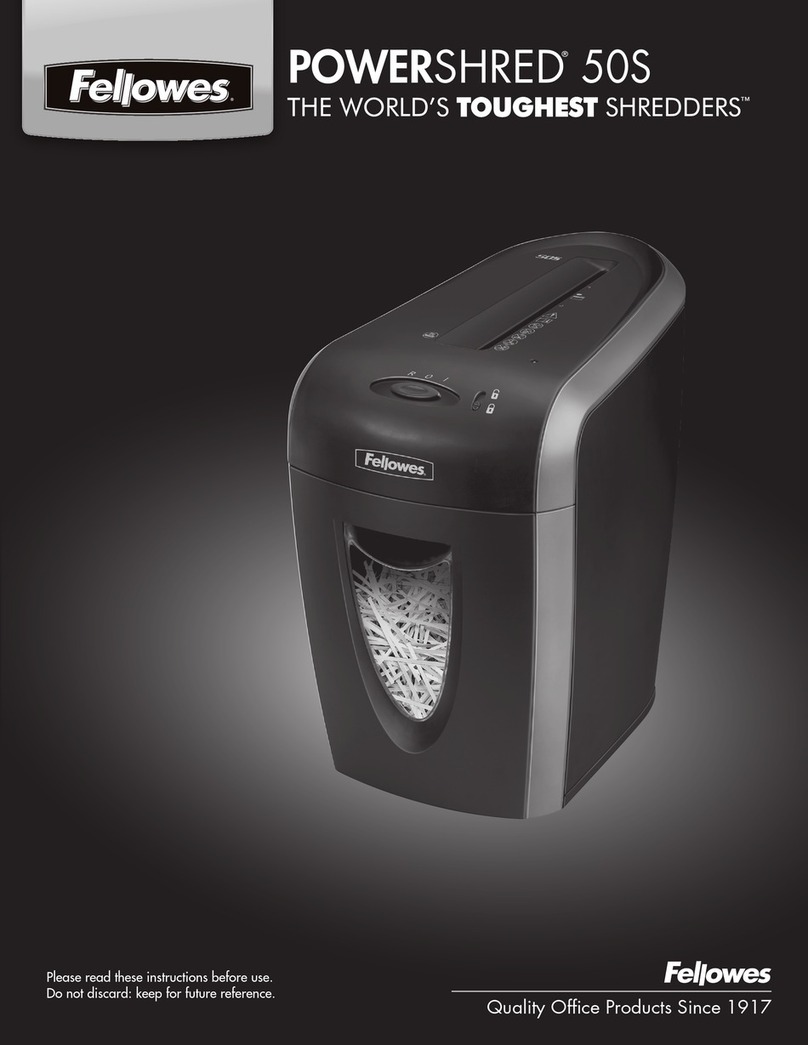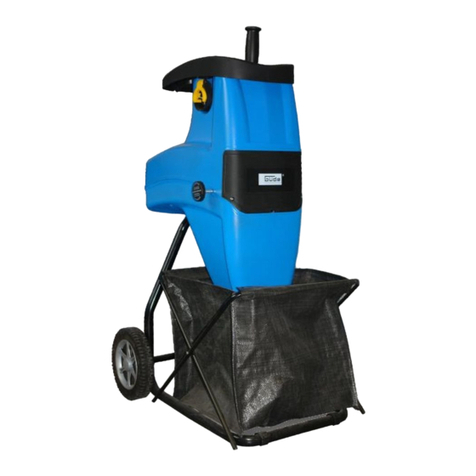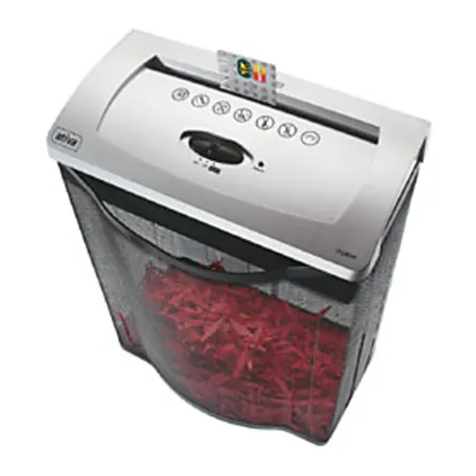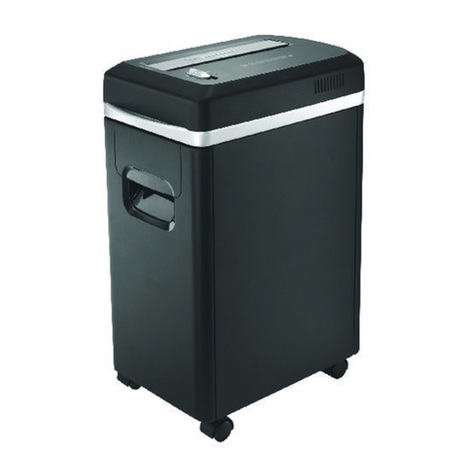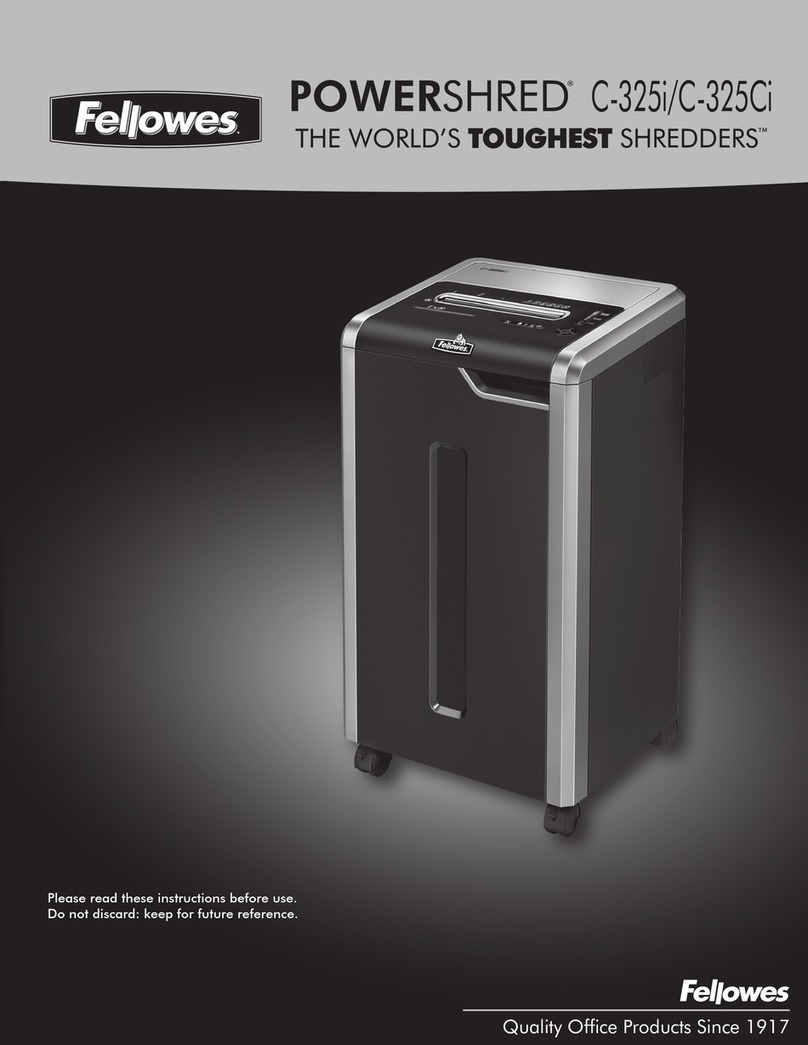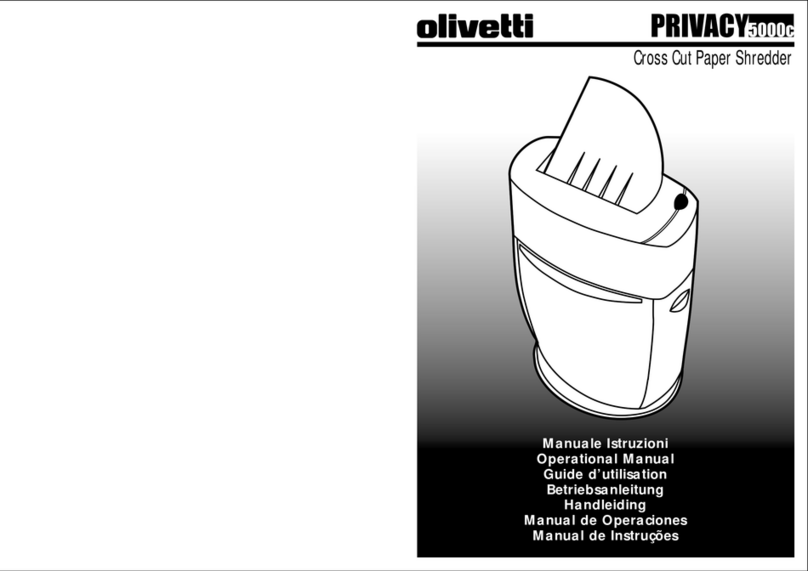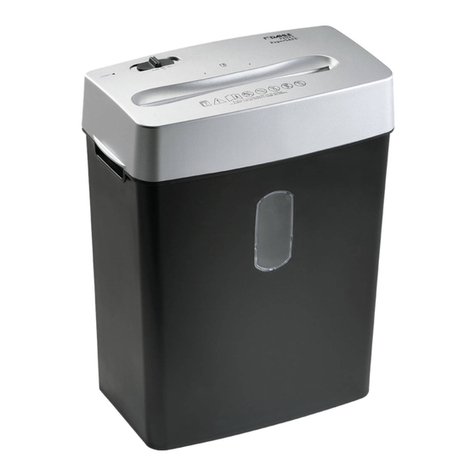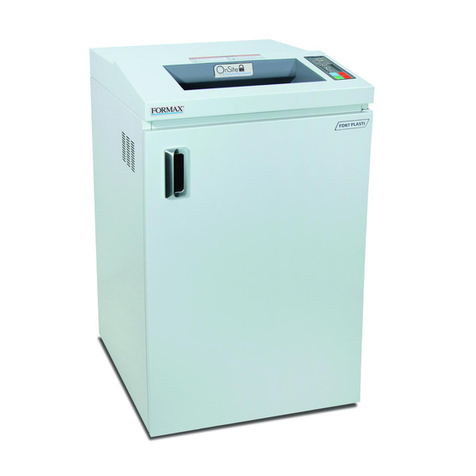04/05/2012 Retsch GmbH 3
Information on these operating instructions ........................................2
Safety .....................................................................................................4
Safety note ...........................................................................................................4
Warnings ..............................................................................................................5
Repairs..................................................................................................................5
Confirmation.......................................................................................................5
Technical specifications .......................................................................6
Utilization in accordance with the intended purpose...................................6
Gap width adjustment range.............................................................................6
Throughput rate and ultimate fineness...........................................................6
Receiver drawer volume....................................................................................6
Noise emissions ..................................................................................................6
Electrical protection class..................................................................................6
Rated power.........................................................................................................6
Noise emissions ..................................................................................................7
Equipment dimensions (approximate)............................................................7
Footprint..............................................................................................................7
Shipping and installation ......................................................................8
Packing .................................................................................................................8
Shipping ...............................................................................................................8
Intermediate storage...........................................................................................8
Intermediate storage...........................................................................................8
Requirements for the installation site..............................................................8
Installation ...........................................................................................................9
Electrical connection..........................................................................................9
Operation ............................................................................................ 10
Control elements and their use ......................................................................10
Schematic view of the operating controls , part 1:..........................10
Control elements and their use ......................................................................11
Schematic view of the operating controls, part 2:...........................11
The operating controls and their functions .................................................12
Summary table.......................................................................................12
Starting the BB 200 ..........................................................................................13
Stopping the BB 200........................................................................................13
Emptying the receiver drawer ........................................................................13
Adjust the gap width........................................................................................14
Adjusting the zero setting for the gap width ...............................................14
Fill product to be ground................................................................................14
Working instructions........................................................................... 15
General...............................................................................................................15
Grain size of feedstock product.....................................................................15
Properties of the product being ground .......................................................15
Fill volume.........................................................................................................15
General ................................................................................................ 16
Cleaning..............................................................................................................16
Maintenance ......................................................................................................17
Functional inspections.....................................................................................17
Replacing the breaker jaws..............................................................................18
Copyright ...........................................................................................................18
Modifications.....................................................................................................18
Safety instructions (table)................................................................................19
Appendix ......................................................................following pages

